For some of my clients who have chronic aches and pains, the largest challenge I have as a practitioner is to help guide their mind towards the direction of healing. This does not mean to simply have them ‘pretend’ that the aches and pains do not exists and divert their attention towards rainbows and unicorns. It does mean, however, that I can become a momentary guide or assistant in communication between the part of the body crying out for attention, and the mind that doesn’t know how to interpret those signals.
Pain is a very real distraction from living for a lot of people. In the sessions I have experienced over the years, pain is like a child that desperately needs attention. So how does one pay attention to the pain when all they want is to be free of it?
When my son was 6, I was busily working on my computer with my blinders on. He was running around and making noise, and the louder he got, the more I just tuned him out. Finally, my ears heard him and my nerves tightened, but instead of yelling at him, I chose to step away from the computer, come to his level, look into his eyes and ask a question. “Are you just needing my attention right now?” I asked. “Yup!” was the reply. I said, “Ok, you’ve got it.” To which his reply was “Ok!” and with that he ran off to play without any need to disturb me the rest of the evening.
My favorite words to use when paying attention to my own body are “I love you. I’m sorry. Please forgive me. Thank you.” Treating our bodies with the love we would give to a child seems so simple, I know, and sometimes healing can be just that. Simple.

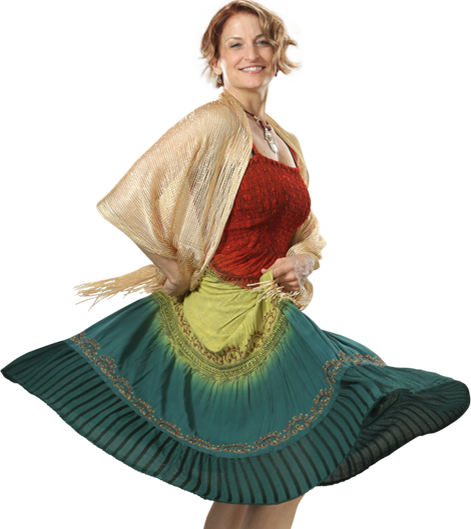





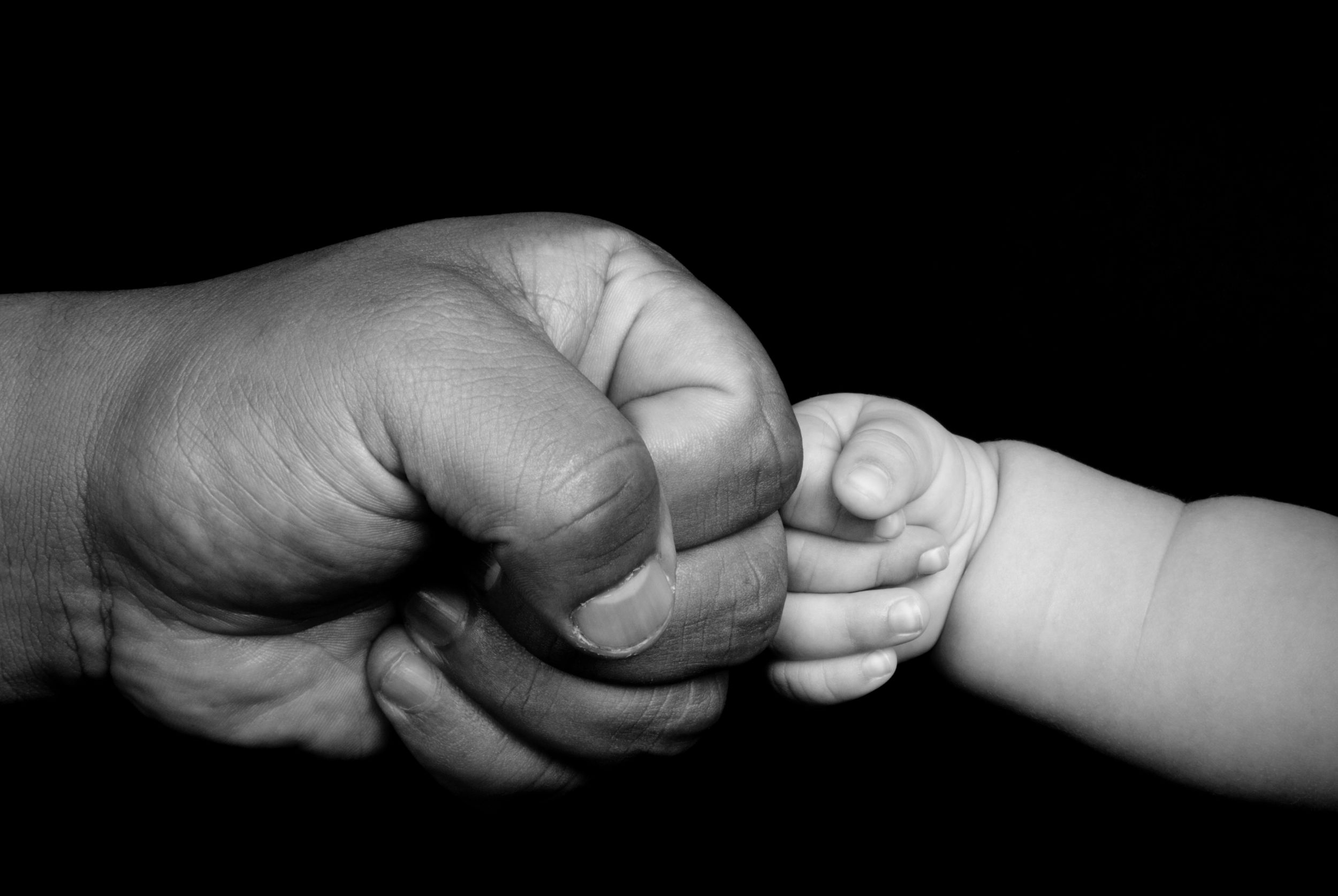
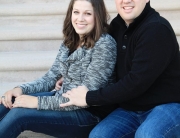


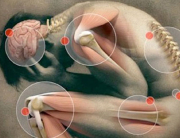

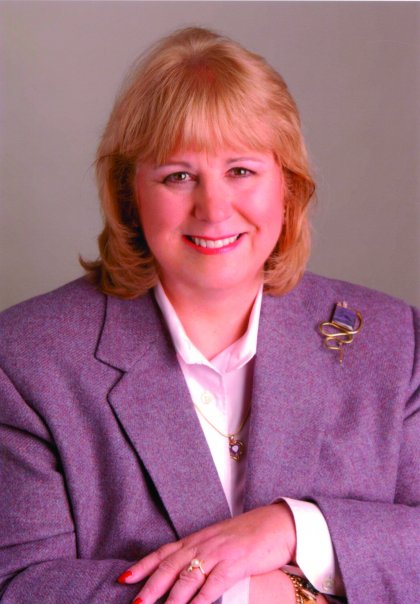


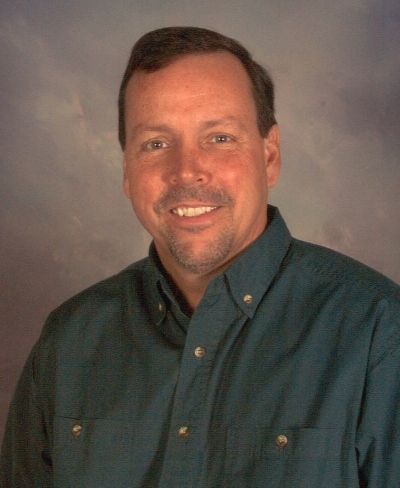
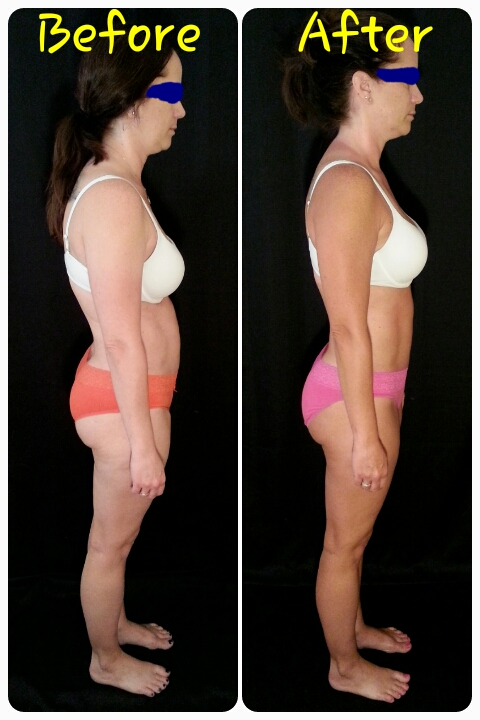

Leave A Comment